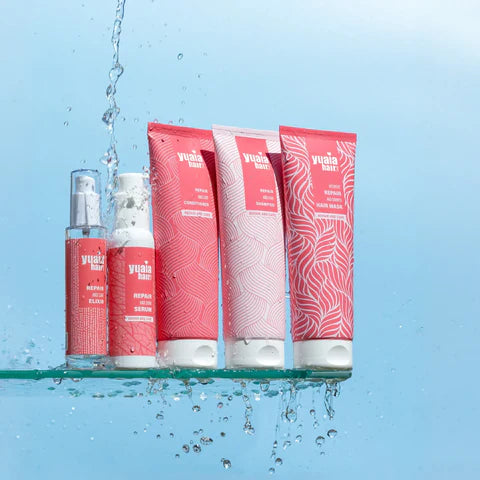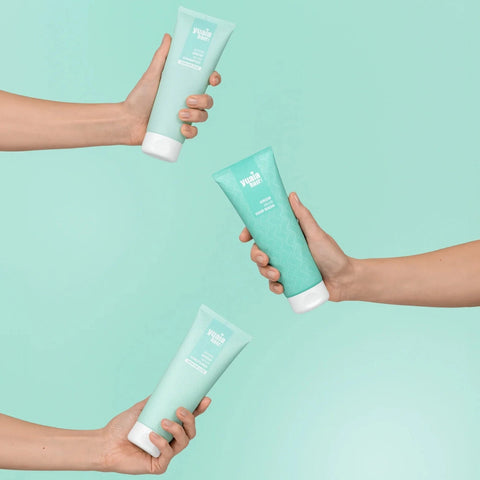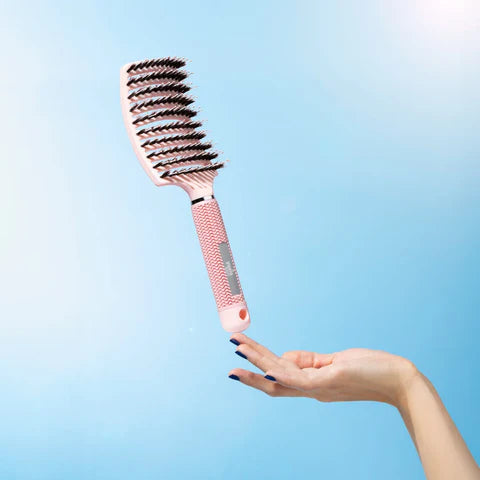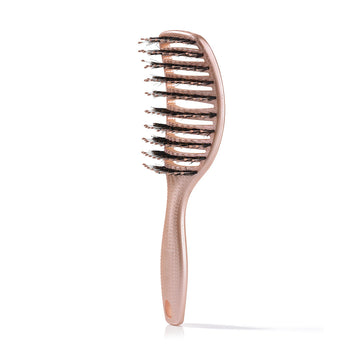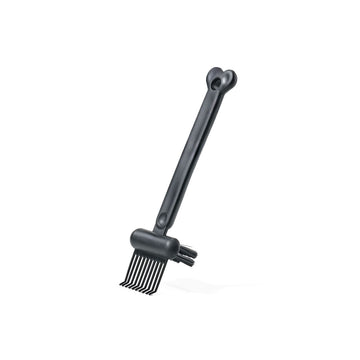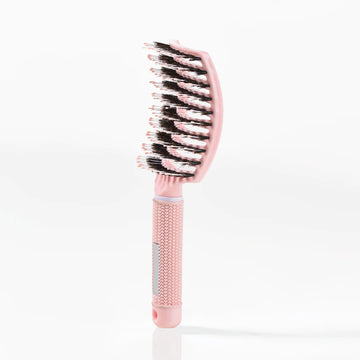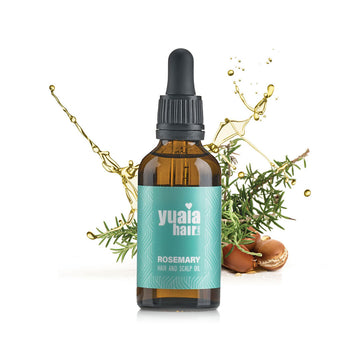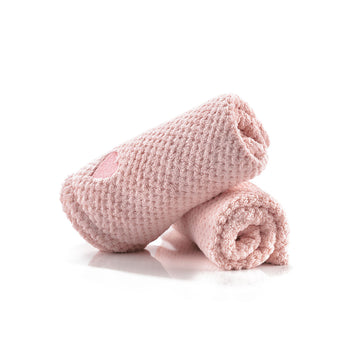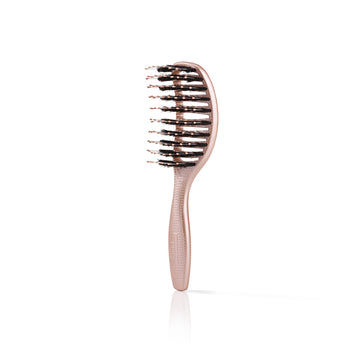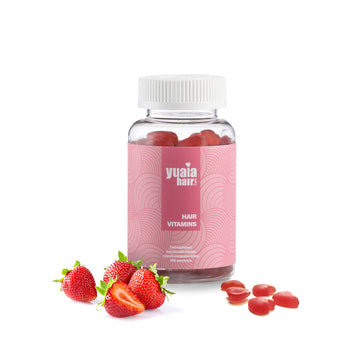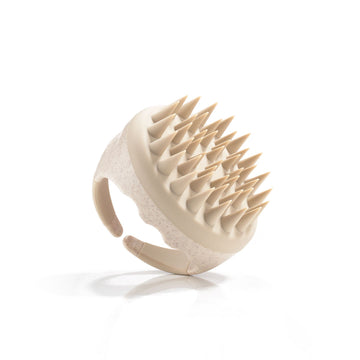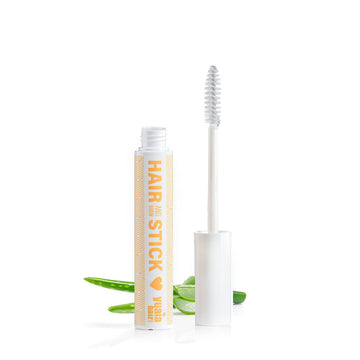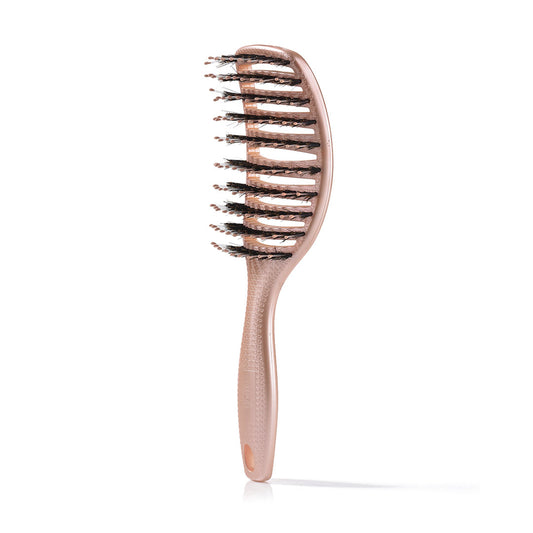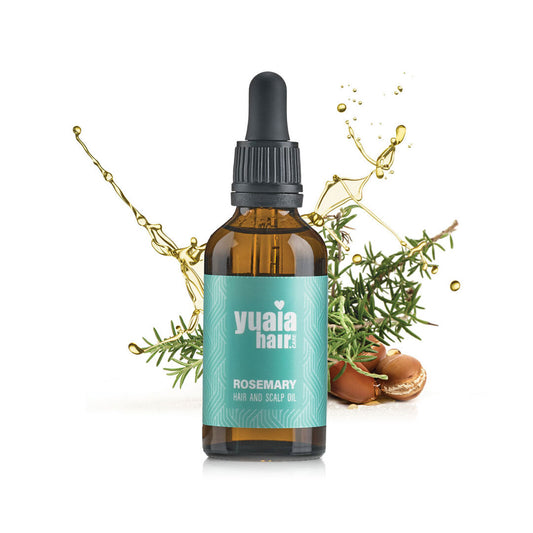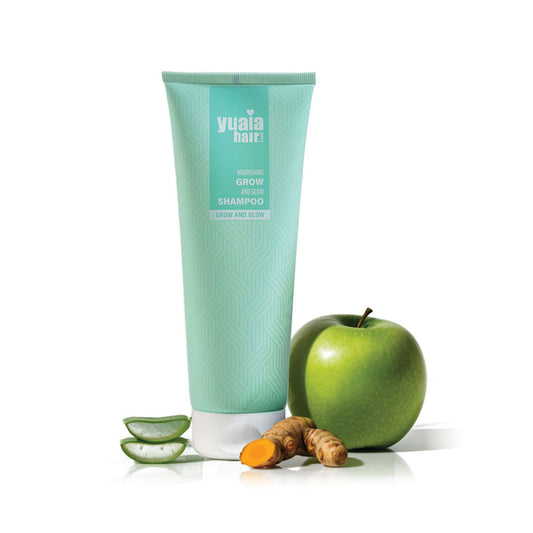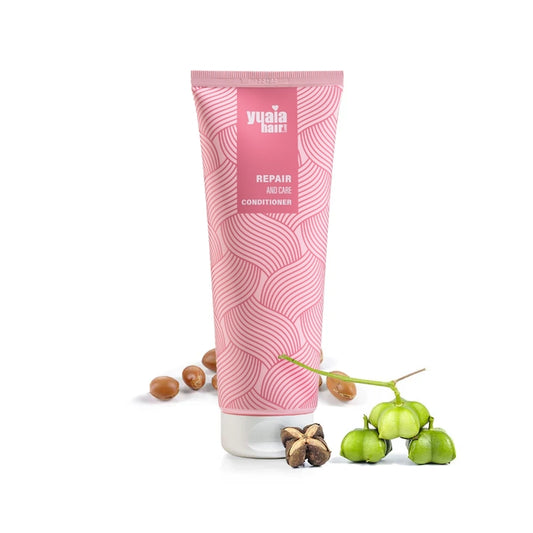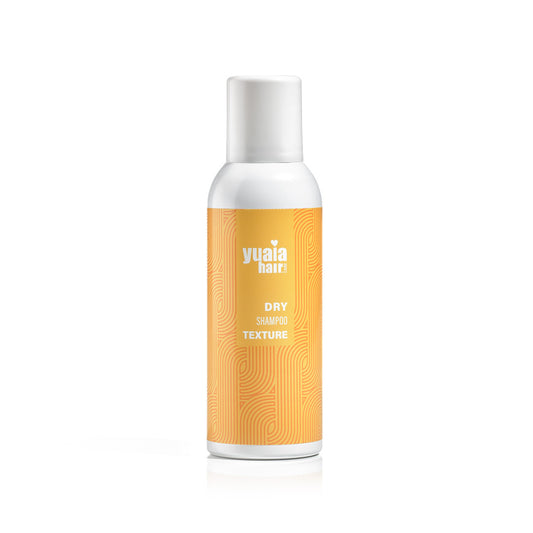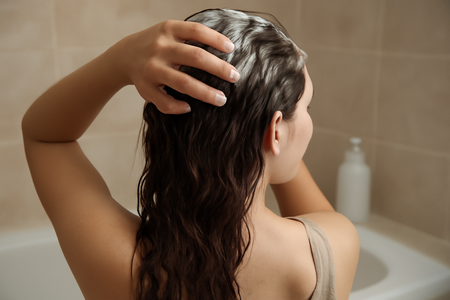
Recommended Washing Frequency for Low Porosity Hair
For those with low porosity hair, washing once a week or every two weeks is generally recommended. This frequency helps strike a balance between cleanliness and preserving the hair's natural oils. Due to its tightly packed cuticles, low porosity hair is less prone to oiliness, making frequent washing unnecessary. Overwashing can strip the hair of essential oils, leading to increased dryness and potential damage. By maintaining a less frequent washing schedule, you can help ensure your hair retains its natural moisture and stays healthy.
Factors Influencing Washing Frequency
While a weekly or bi-weekly wash is often suitable, individual lifestyle factors can necessitate adjustments to this routine. For example, those who engage in regular physical activity or live in humid environments might need to wash their hair more frequently to remove sweat and environmental impurities. Additionally, if you notice signs like flaking, itchiness, or visible product residue on your scalp, it may be time for a wash. Paying attention to these indicators can help you tailor your washing routine to your specific needs, ensuring your hair remains clean and healthy.
Managing Product Buildup
Low porosity hair is particularly susceptible to product buildup because its tightly packed cuticles prevent products from being absorbed easily. This can lead to a heavy, greasy feeling and dull appearance. To combat this, it's important to use lightweight, water-based products that won't sit on the surface of your hair. Occasionally incorporating a clarifying shampoo into your routine can also help remove buildup and restore your hair's natural shine. Our Rosemary hair oil is a great option for adding moisture without weighing down your hair. This nourishing oil can be used as a pre-wash treatment to help break down buildup and promote scalp health, leaving your hair feeling refreshed and revitalized.
Adapting Your Routine to Hair Needs
When it comes to low porosity hair, understanding and adapting to its unique needs is essential. It's important to pay attention to visual and tactile cues your hair provides. If your hair feels heavy or looks dull, it might be time for a wash. On the other hand, if it feels dry and brittle, you may need to extend the time between washes. A simple porosity test, such as the float test, can help you understand your hair's absorption capabilities and adjust your routine accordingly.
Practical Washing Techniques
Effective washing techniques can make a significant difference in maintaining low porosity hair. Start by using warm water to open the cuticles, allowing for a more thorough cleanse. Opt for shampoos that are sulfate- and silicone-free to avoid stripping the hair of its natural oils. At Yuaia Haircare, we offer the Grow and Glow shampoo, which is made to gently cleanse without causing buildup. After washing, rinse with cool water to help seal the cuticles and lock in moisture. These simple steps can enhance the health and appearance of your hair.
Finding Your Hair’s Happy Medium
Achieving the perfect balance in your washing routine is key to maintaining healthy, vibrant hair. By experimenting with different frequencies and techniques, you can discover what works best for your unique hair type. Remember, your hair's needs may change with the seasons or your lifestyle, so stay attentive and be willing to adjust your routine as necessary. This personalized approach will help you maintain the natural beauty and health of your low porosity hair.
Frequently Asked Questions
How can I tell if my low porosity hair needs washing?
Look for signs such as visible residue, dullness, or an itchy scalp. These indicators suggest that it's time for a wash.
What type of products should I use for low porosity hair?
Opt for lightweight, water-based products to prevent buildup. These products are less likely to sit on the surface of your hair, keeping it looking fresh and healthy.
Can I wash my hair more frequently if I exercise often?
Yes, adjust your routine based on your activity level and scalp condition. If you sweat more due to exercise, you may need to wash your hair more frequently to maintain cleanliness.
 2-4 day UK delivery
2-4 day UK delivery
 25.000+ satisfied customers
25.000+ satisfied customers
 Satisfaction Guarantee
Satisfaction Guarantee



